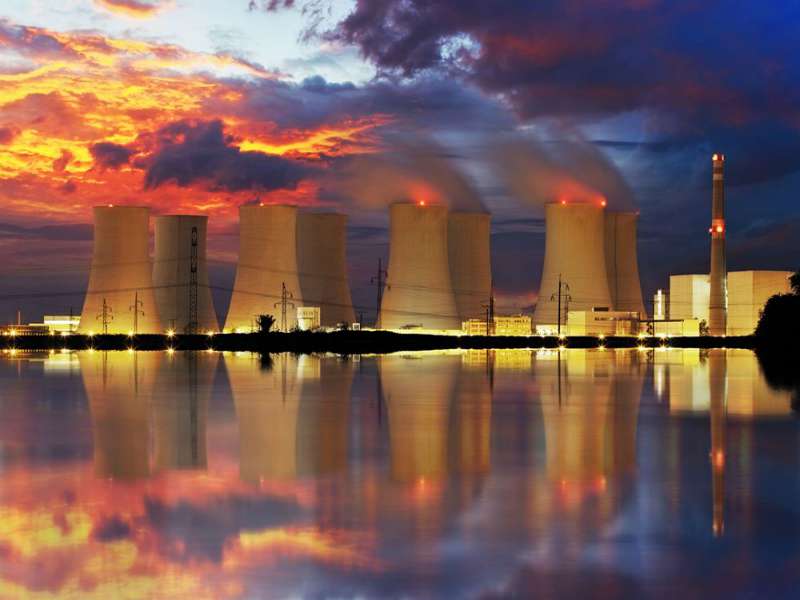
South Africa, Africa’s most industrialized economy, finds itself at a critical juncture as it grapples with a persistent energy crisis that has hindered growth and development for over a decade. A government planning document, the Integrated Resource Plan (IRP), unveiled on January 4, paints a stark picture of the nation’s power deficit, calling for a colossal power plant construction program to secure a stable electricity supply until 2050. This article delves into the intricacies of South Africa’s energy landscape, examining the challenges it faces, the proposed solutions outlined in the IRP, and the potential ramifications for the country’s economic future.
The Decades-Long Power Struggle
South Africa’s struggle with power shortages has been an enduring narrative, plaguing the nation for more than ten years. Last year, the severity of the issue reached unprecedented levels, with power cuts lasting up to 10 hours a day, dealing a substantial blow to economic activities and eroding investor confidence. The persistent blackouts have prompted the government to reevaluate its energy strategy and confront the need for a comprehensive and sustainable solution.
The Integrated Resource Plan: A Blueprint for the Future
The latest iteration of the Integrated Resource Plan serves as a roadmap for addressing South Africa’s power deficit. The plan is structured to tackle the immediate challenges up to 2030 and then chart a course for the subsequent two decades, from 2031 to 2050. Key elements of the plan include a focus on “dispatchable” power generation options such as gas-to-power in the short term, with a recommendation to delay the planned shutdown of coal-fired plants where feasible. Dispatchable facilities offer flexibility in responding to fluctuating power demands, a crucial aspect in ensuring a stable and adaptable energy supply.
Looking ahead to the period between 2031 and 2050, the IRP advocates for a diversified approach, combining nuclear power, renewables, clean coal, and gas to guarantee long-term security of supply. The document underscores the urgency of a massive new build program, emphasizing the need for substantial capacity expansion within a little over a decade.
Rethinking the Energy Transition
South Africa, once hailed as a pioneer in the transition away from coal-fired power plants, now finds itself at a crossroads. The deepening power crisis has forced the government to reconsider its strategy of phasing out aging coal stations. The delicate balance between embracing cleaner energy sources and ensuring a reliable power supply underscores the complexity of South Africa’s energy conundrum.
Economic Implications and Investor Confidence
The stakes are high for South Africa’s economic trajectory. Prolonged power shortages have direct consequences on industrial output, job creation, and overall economic stability. The proposed massive power plant construction program is not merely a technological imperative; it is an economic lifeline. Investors, both domestic and international, keenly watch the government’s response to the energy crisis, with confidence in South Africa’s economic prospects contingent on effective and timely resolution.
Forging a Resilient Energy Future
As South Africa contemplates the path forward, the imperative is clear – a decisive and ambitious response to the energy crisis is paramount. The Integrated Resource Plan serves as a crucial guide, presenting a blueprint for navigating the complexities of the nation’s power deficit. The proposed massive power plant construction program not only addresses immediate concerns but also lays the foundation for a resilient and sustainable energy future. The choices made in the coming years will shape South Africa’s economic landscape, influencing its standing on the global stage and determining the prosperity of generations to come.





